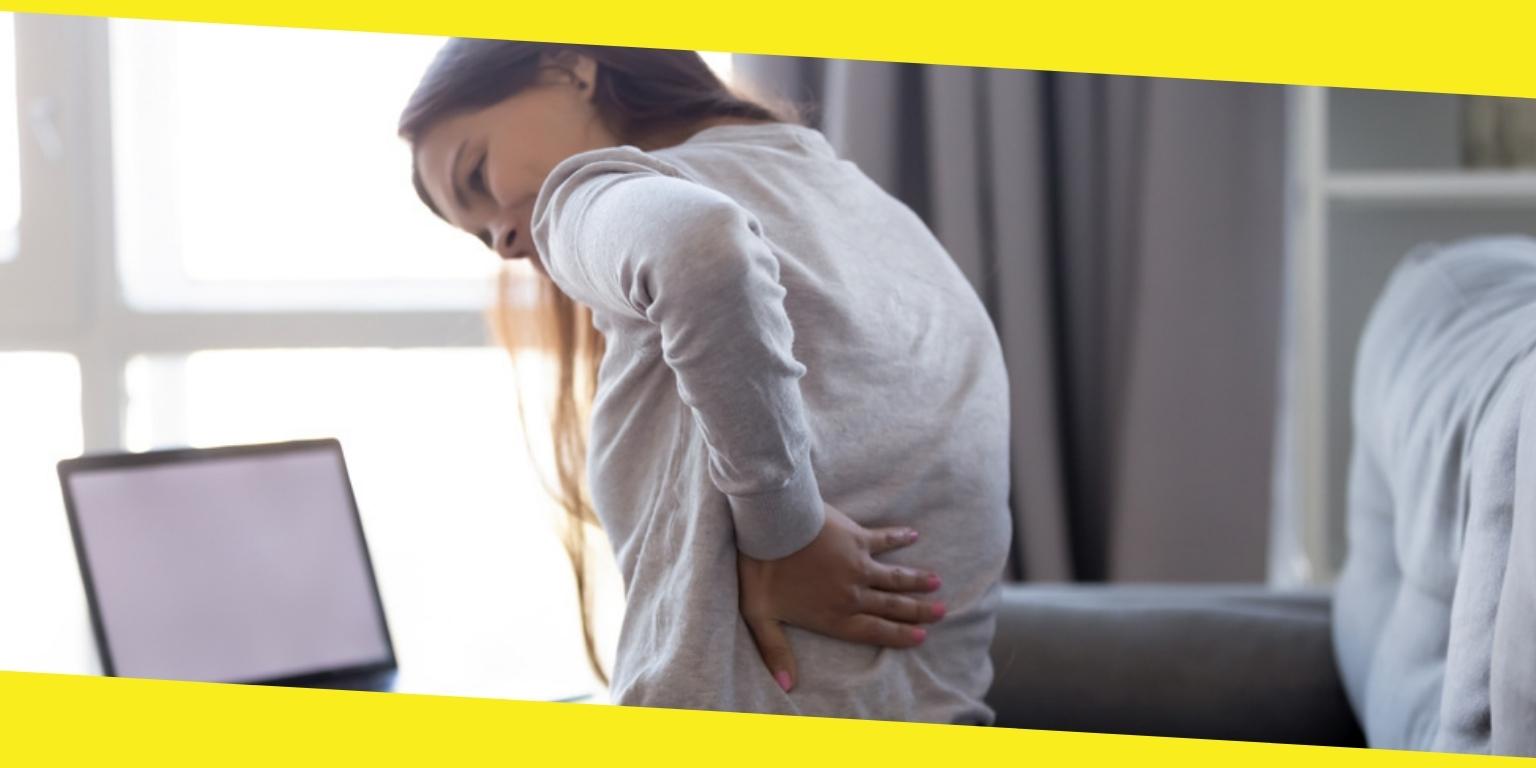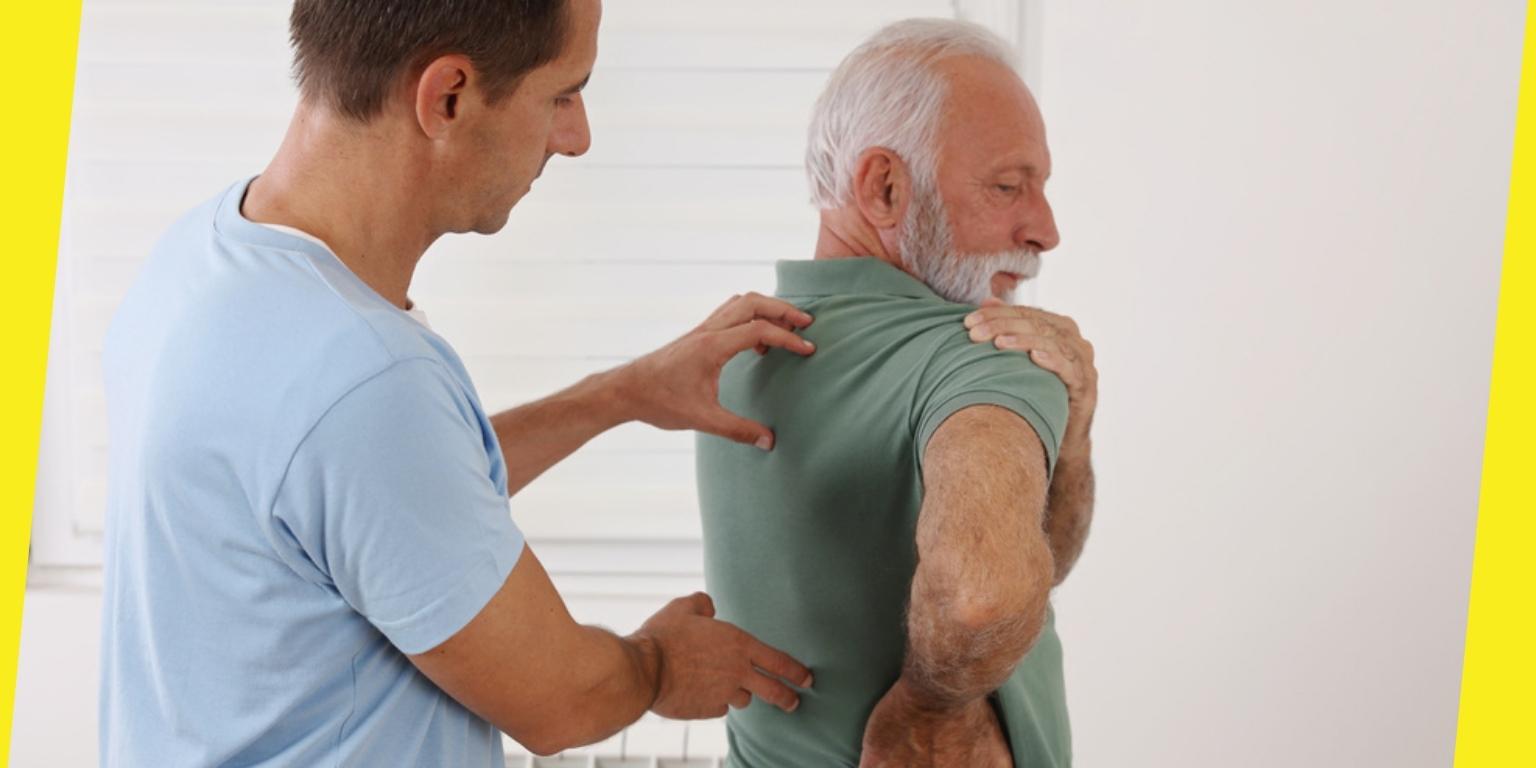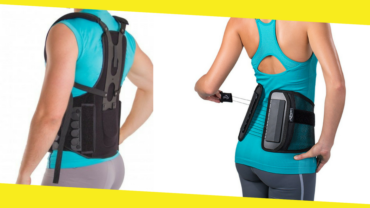Spinal Disorders: Signs, Causes, And Treatments

Spinal disorders can be painful, debilitating, and difficult to treat. The good news is that there are many options for treating spinal conditions so you can get back to the life you want to live.
While the causes of spinal disorders vary, they can often be attributed to aging or trauma. These conditions can also be hereditary or caused by genetics. In this article, you’ll learn about spinal disorders, what causes them, how medical professionals diagnose them, and which treatments are available.
Contents
Toggle1. Herniated Disk
Your spinal disks are your spine’s shock absorbers. They act as a cushion between bones and allow for smooth movement of the vertebrae. When a disc ruptures or herniates, it can cause pain and numbness in the lower back, buttocks, legs, or feet.
The symptoms associated with a herniated disk depend on where it occurs in the body but may include the following:
- Pain that starts gradually and worsens over time
- Numbness or weakness in an arm or leg
- Tingling or burning sensation in an arm or leg
- Trouble walking
- Lower back pain that gets worse when bending forward
When you suffer from one or more of these symptoms, you must seek professional medical help. Fortunately, spine specialists like Dickinson Neurological Surgery can evaluate you if you’re experiencing lower back or leg pain that doesn’t improve with rest. The healthcare professional will perform an exam first to look for tenderness around your spine and possibly order X-rays or an MRI scan to determine the extent of damage to your spinal disks.
Herniated disks can be caused by sudden movements such as lifting heavy objects or twisting your body quickly. They may also occur from poor posture or repetitive injuries to your spine over time.
Treatment for herniated disks depends on the location and severity of the herniation and other factors. The following are some general treatment options available:
- Medications: Painkillers such as ibuprofen can help reduce pain and swelling. Anti-inflammatory drugs, such as celecoxib or naproxen, may also be helpful.
- Physical Therapy: Physiotherapy may help strengthen your back muscles, improve flexibility, and reduce pain. Exercise therapy has been shown to be effective in alleviating low back pain caused by herniated disks or spinal stenosis. Exercise programs include low-impact aerobic exercise, strength training, and core stabilization exercises.
2. Scoliosis
Scoliosis is a curvature of the spine that occurs asymmetrically. It’s a condition that affects millions of people worldwide, but it isn’t as common as some people might think. Scoliosis can be seen in all age groups from infancy through adulthood. Approximately 3% of the general population has a form of scoliosis. However, many individuals with mild cases go undiagnosed or are left untreated for their condition.
Most people with scoliosis don’t have any symptoms, and their scoliosis doesn’t need treatment. However, if you have severe scoliosis that causes pain or affects your ability to move, you should see your doctor immediately.
The cause of scoliosis isn’t known, but it’s thought to be a combination of genetic factors and environmental influences that affect bones and muscles during growth. There’s no cure for scoliosis, but many treatments can help ease symptoms and prevent complications. Scoliosis treatment options include the following:
- Bracing: It may not reverse or stop the progression of scoliosis, but it can reduce its severity. A brace is worn on the spine to keep the shoulders from twisting while a patient stands upright. It also keeps the torso from twisting while walking, bending, or lifting objects.
- Vestibular Rehabilitation Therapy (VRT): VRT is a series of exercises that strengthen balance and coordination skills. These exercises aren’t intended to treat scoliosis directly. Instead, they’re used to prevent falls that can lead to further injuries, such as fractures or concussions, if you have weak balance control.
3. Spinal Stenosis
Spinal stenosis is a condition that occurs when the spinal canal narrows, placing pressure on the spinal cord and nerve roots. This disorder can be congenital or acquired. Congenital spinal stenosis happens at birth, while acquired stenosis develops over time.
The most common sign of spinal stenosis is a pain in the lower back. The pain may worsen gradually or suddenly when standing or sitting. The pain can radiate into one or both legs. Other symptoms include:
- numbness, tingling, weakness, or burning sensations in one or both legs;
- difficulty walking;
- difficulty getting up from a chair;
- back stiffness that lasts more than an hour after getting out of bed; and
- unexplained weight loss.
In the early stages of spinal stenosis, conservative treatments may be recommended, such as the following:
- Exercises to strengthen and stretch the muscles that support your spine
- Medications to treat pain, such as nonsteroidal anti-inflammatory drugs
- Corticosteroid injections into the joint space or epidural steroid injections into the space around the spinal cord
4. Kyphosis
Kyphosis is an abnormal, excessive rounding of the upper spine, which health professionals sometimes call ‘humpback.’ A healthy person’s upper spine should be straight and nearly vertical. However, in kyphosis, the upper back curves forward and down. Kyphosis can range from mild to severe.
The most common symptom of kyphosis is muscle stiffness in the back and neck, particularly when you first get up in the morning. Other symptoms include pain and restricted movement at the base of your neck. The severity of these symptoms varies from person to person.
Kyphosis occurs when the disks between each vertebra become thinner and less firm. This causes them to lose some of their shock-absorbing abilities, making it harder for you to move and increasing your risk of osteoporosis or other bone issues.
It develops slowly over time, beginning in childhood or adolescence. As people age, their bones become weaker and more brittle. Kyphosis can be caused by several factors, including
- genetic disorders such as scoliosis,
- bone spurs,
- disc degeneration or disc herniation,
- osteoporosis, and
- spondylolisthesis.
Treatment options for kyphosis vary depending on its cause. Treatment may include the following:
- Physical Therapy: Exercises to strengthen back muscles, improve posture, and decrease stress on the spine help relieve pain and prevent or slow further deformity.
- Medication: Anti-inflammatory drugs such as ibuprofen or naproxen can help relieve pain. Muscle relaxants may also be beneficial for muscle spasms that occur with kyphosis.
- Surgery: Surgery is rarely needed for simple kyphosis. Surgery may be needed to correct severe deformities in people with spinal disorders such as scoliosis or Scheuermann’s disease.
5. Degenerative Disc Disease
Degenerative disc disease (DDD) is a disorder that occurs when the discs in your spine wear out and no longer function as expected. The vertebral discs are soft, spongy pads between each of the bones in your spine. These pads act as shock absorbers, helping cushion and protect the spinal cord as you move.
The symptoms of this disorder vary from person to person, and they may include the following:
- Sciatica
- Numbness or tingling in the legs
- Leg weakness
- Lower back pain
- Difficulty walking
DDD occurs when normal wear and tear on your spine causes the discs between the vertebrae to weaken and bulge out, creating space between the vertebrae. This space can put pressure on nearby nerves and lead to pain that ranges from mild to severe. Over time, the disc may rupture or shrink, leading to more serious problems.

The most common treatment for DDD is nonsurgical. The goal of nonsurgical treatment is to provide pain relief and improve your ability to function. Some of the treatments include the following:
- Physical Therapy: Physical therapists can help you strengthen muscles, improve flexibility and reduce stress on your back by teaching you exercises and stretches to do at home.
- Medication: Your doctor may prescribe pain relievers or muscle relaxants to relieve pain temporarily. They can also prescribe an anticonvulsant medication if your DDD causes nerve pain or spasms in your back muscles that cause leg pain and weakness.
- Epidural Steroid Injections: If nonsurgical treatments don’t relieve your symptoms, your doctor may recommend an epidural steroid injection (ESI) into the affected area of tissue around the spinal cord. ESI involves injecting a small amount of steroid medication directly into the epidural space, which may reduce inflammation caused by the bulging or ruptured disc. ESI can also temporarily numb pain signals from damaged nerves in the back.
6. Vertebral Fractures
A vertebral fracture is a break in one or more of the bones that make up the spine. Vertebral fractures are often associated with osteoporosis and other bone diseases but can also occur due to trauma or degeneration.
Like other fractures, fractures in the spine cause pain, disability, and, in worst cases, death. They also increase the risk of developing further problems, including spinal cord compression and neurological damage. The symptoms of vertebral fractures include
- pain in your back, neck, or shoulders;
- swelling that lasts more than two days; or
- a lump in your back that does not go away on its own.
The most common causes of vertebral fractures are osteopenia and osteoporosis. The treatment of vertebral fractures, on the other hand, depends on the location and severity of the fracture. Sometimes, no treatment is necessary if the patient has no pain or symptoms. Non-surgical treatments include
- pain relievers, such as acetaminophen and ibuprofen, to relieve pain and inflammation;
- bed rest, which may be recommended for people with neck or back pain after a fall;
- braces to help stabilize the spine, prevent further injury, and reduce pain; or
- physical therapy to strengthen muscles, improve flexibility, and control pain.
Final Thoughts
As you’ve read, there are different spinal disorders, and their treatments vary. It’s vital to get checked out by your doctor if you think you have any kind of spinal disorder, even if it seems like a mild backache. The sooner you get treatment, the less likely the condition will worsen and cause more severe problems in the future.
Recommended For You
Do Back Braces Help Lower Back Pain?
Most Inside
Most Inside offers high-quality recommendations and valuable updates to enhance all aspects of your life, providing premium guidance and enriching experiences.




